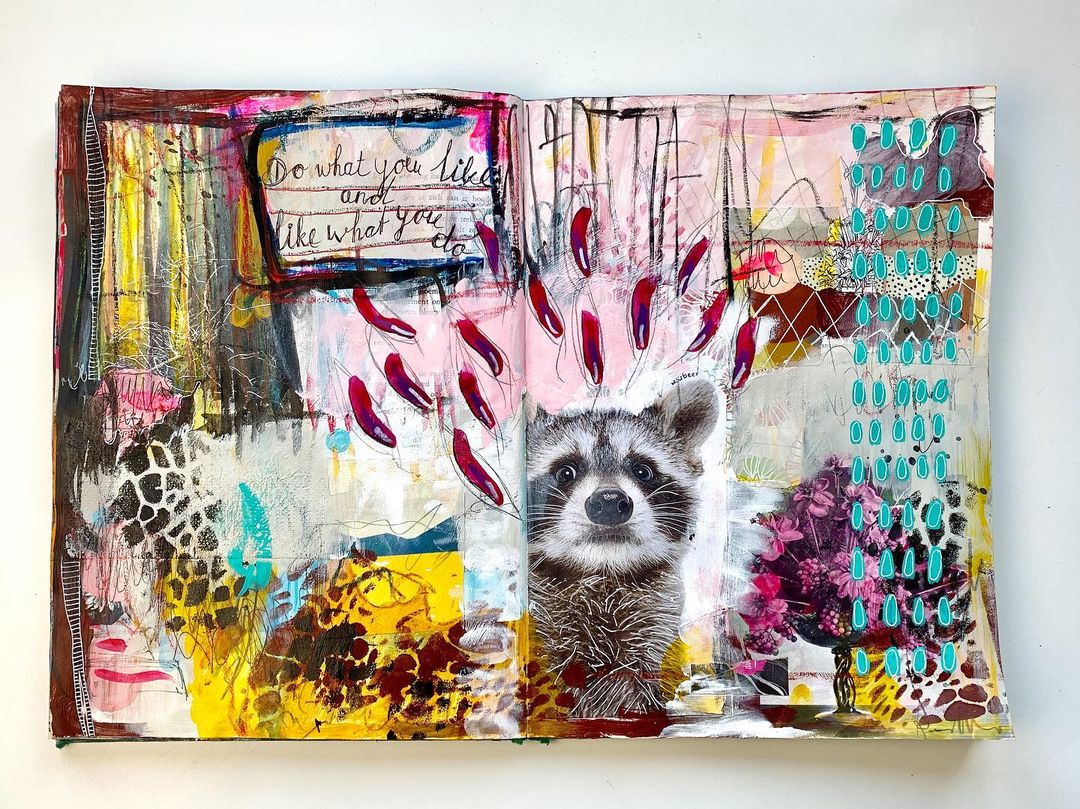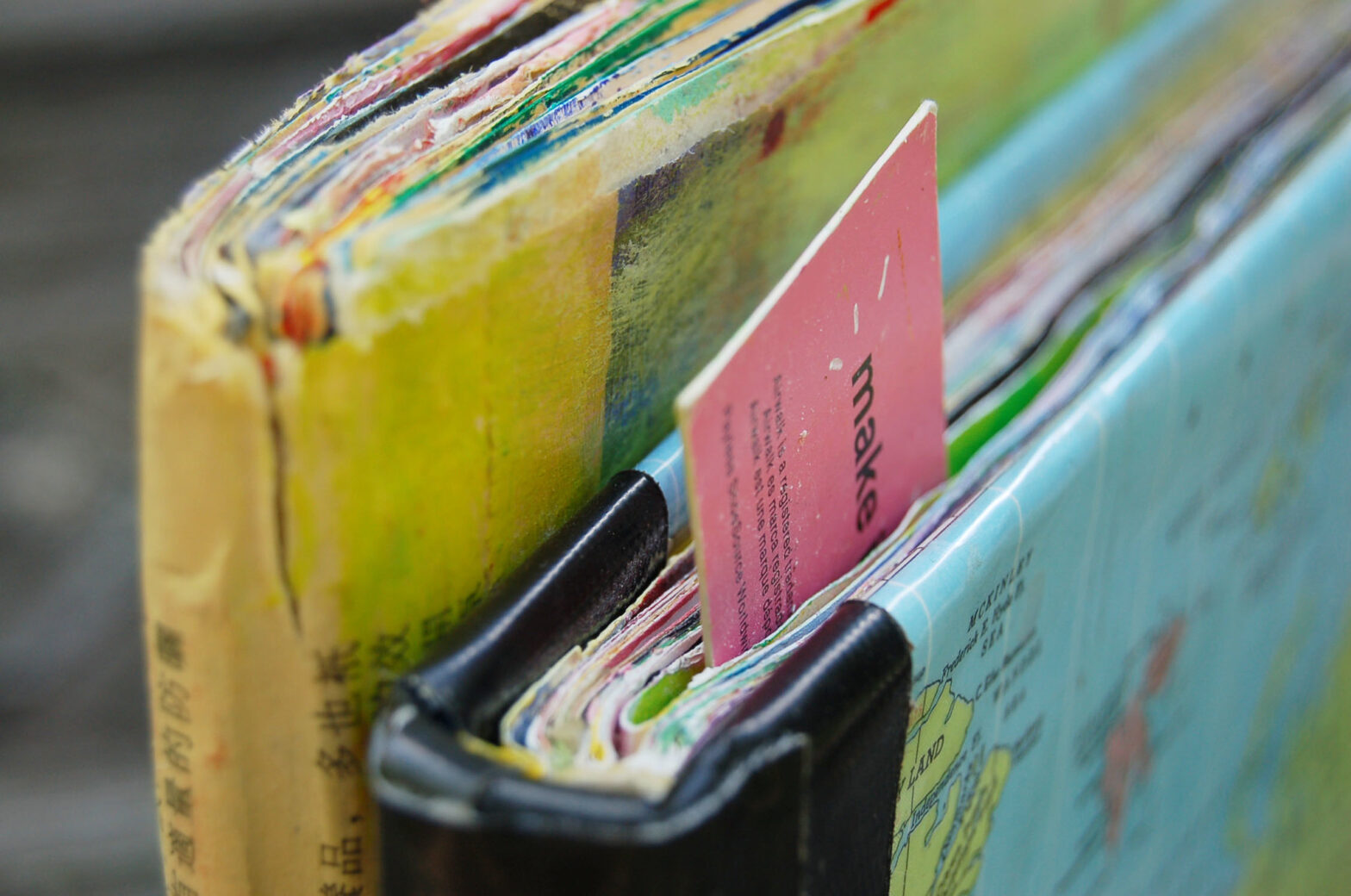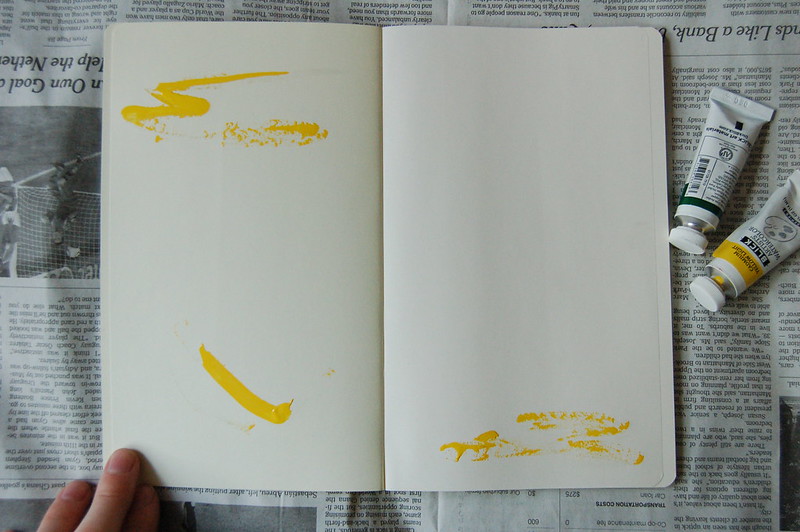Tag: inspiration
-

Art Journal Inspiration: Mixed Media
•
I have a deep love of mixed media in art journaling. Check out these fabulous artists and their incredibly rich pages.
-

8 Myths about Art Journaling
•
One of the most wonderful things about art journaling – and one of the hardest to become comfortable with – is that there is no wrong way to do it.
-

You vs. That Beautiful White Page
•
Behold the dreaded First Page above! It is white, beautiful, smooth, clean, and unmarked – but it is also ordinary, silent, with nothing to say, waiting for you to transform it into something only your mind can imagine and only your hands can create.
